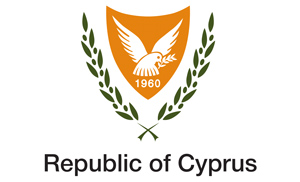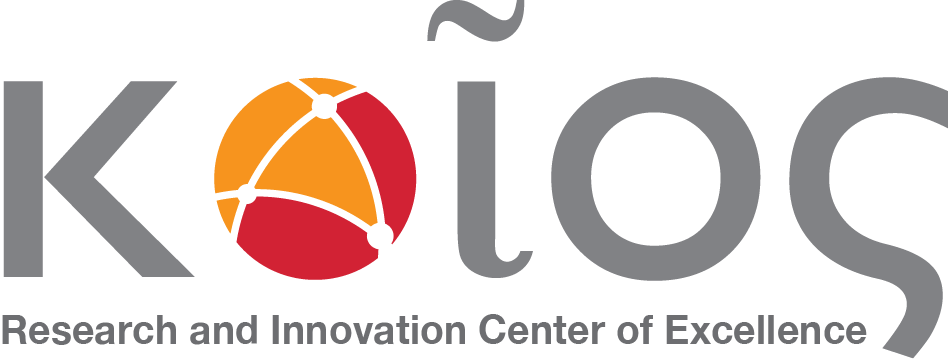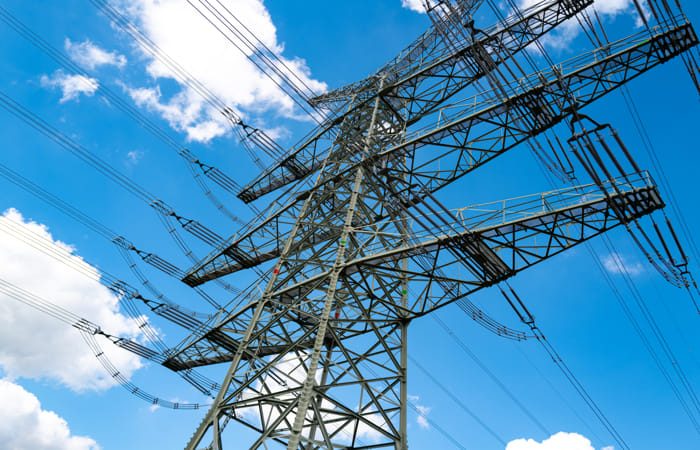The GridEye project aims to deliver a holistic solution for effective line protection, fulfilling the needs of the Transmission System Operators (TSOs) for managing the operation of the grid in an optimal and efficient way, while ensuring the grid integrity and stability.
The parameters of the transmission lines are generally considered to be time-invariant over relatively short periods, such as a day or a month. These parameters are typically stored in control center databases. However, the values assigned to transmission line parameters are often determined based on manufacturers’ data and standard line configurations, which may overlook various factors influencing these parameters. Environmental conditions like temperature and soil resistivity, as well as modeling inaccuracies such as parallel lines coupling, can significantly impact the actual values. Moreover, different types of lines interconnected, human factors in miscalculation of the line length can result in discrepancies in the stored parameters. Such errors on grid parameters are negatively affecting the situational awareness and decision making of system operators to properly manage the power infrastructure.
The project will address these challenges by developing innovative methodologies for online estimation of transmission line parameters that will certainly contribute to the reliability of the grid protection systems. In particular, distance protection systems, responsible for line protection, require periodic updates to their relay settings (that are according to the line parameters), reflecting the dynamic variations in line parameters influenced by environmental and grid conditions. Furthermore, GridEye will introduce novel methodologies for fault localization and classification using PMU measurements, thereby enhancing operator situational awareness during line faults and accelerating system restoration. The key enabler of the developed solutions is the Synchronized Measurement Technology (SMT). This technology has enhanced the monitoring and control capabilities of the operators since through the Phasor Measurement Units (PMUs), which is the key element of the SMT, high resolution synchronized phasor measurements can be obtained from the system. The GridEye tool that will integrate the developed methods will be validated and demonstrated in an operational environment using measurements from the Cyprus power system.
The application of the GridEye solution will bring multiple socio-economic and environmental benefits. First, a reliable protection scheme will reduce the probability of large blackouts and will improve the quality of life of citizens. In addition, it will result in cost savings for both utilities and consumers since it will essentially reduce the system downtime, maintenance costs, and energy losses. Finally, it will support the penetration of Renewable Energy Sources in the power grid, without jeopardizing the reliability of protection systems, by enabling the operator to change protection settings according to the operational and weather conditions.
The project consortium consists of a Cypriot Small Medium Enterprise as the coordinator and the KIOS Center of Excellence at the University of Cyprus as a partner.
The GridEye project has received funding from the Research and Innovation Foundation (RIF) of Cyprus through the Recovery and Resilience Facility (NextGenerationEU) under the grant agreement ENTERPRISES/ENERGY/1123/0015.





